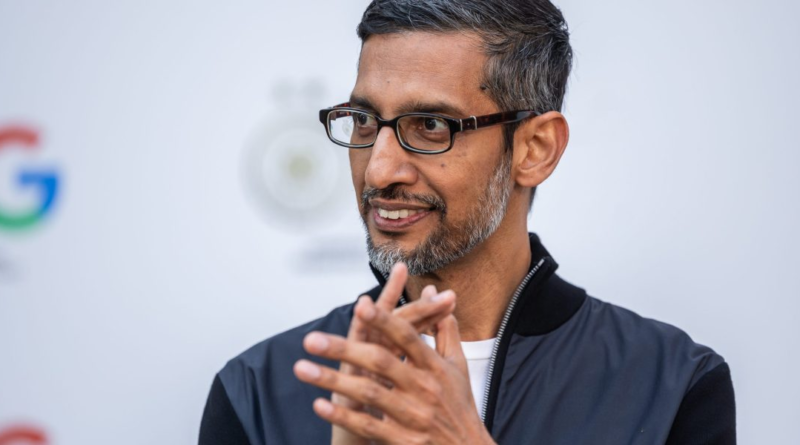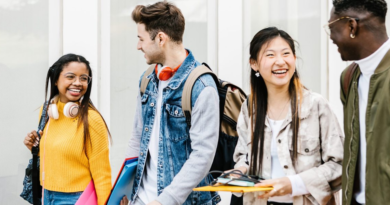Google is developing an A.I. that can 'generate endless selfies' so you can avoid having to pose and snap photos in real life
Snapping your own photos for Instagram may soon be a thing of the past, thanks to a new A.I. tool Google Research is developing. It can create realistic selfies of a user trained off real images of that person.
The technology could eliminate the need for people to tediously pose and snap pictures of themselves in real life—or “generate endless selfies,” as Robert Wong, vice president of Google Creative Lab, put it. It could also have a huge impact on social media influencers, many of whom spend their days taking selfies of themselves in chic clothes and in trendy restaurants.
James Manyika, Google’s senior vice president of research, technology, and society, said during a presentation at the Cannes Lions International Festival of Creativity on Wednesday, that A.I. would have a huge impact on the creative sector. A.I. would be an enabler and even liberator of human art in the years to come, he said, likening it to the invention of the camera.
“When photography first arrived, many worried it signaled the end of art because it threatened to disrupt significant areas of work, like landscape painting and portraiture,” Manyika said. “However, in many ways the opposite turned out to be true. Freed from the need to accurately reproduce reality, painters went to new places leading to the rise of impressionism, modernism, and so much more.”
With Google’s tool DreamBooth, photography’s own reckoning may be coming. DreamBooth is a text-to-image generation tool developed by Google Research and Boston University in 2022 into which people can feed images and then prompt to produce more that are somewhat similar.
Wong said his team has been feeding images of themselves into the technology in order to generate an infinite amount of personal content. With the rise of social media influencing as a career or side hustle, this use of DreamBooth could allow creators to increase the amount of content they produce and post online for others to gawk at.
Other companies offer similar image-creating services, such as Lensa AI, which uses Stable Diffusion (a text-to-image model) to create selfies of users in different dress, such as a Spartan or an astronaut. But Google is the biggest company to start toying with its own selfie-manufacturing tool. Also, most A.I. selfie tools, including Lensa, are far from photorealistic and look more like animated avatars than real people. DreamBooth produces more realistic images that may pass for actual pictures.
Wong said that his team has also been using StyleDrop, a Google A.I. tool that generates new corporate-style logos and icons. Google Creative Lab is also testing a tool called AI-Reply, which generates drafts of replies to YouTube comments.
“A human community manager evaluates, selects and edits the best options—all of which are generated in the friendly voice of the campaign,” Wong said of the AI-Reply model.
Both AI-Reply and DreamBooth’s selfie generation function could transform social media influencing work, making it so creators’ content and interaction with their followers could be automated. Combined with StyleDrop’s ability to create logos, Google seems to be building an A.I. suite for personal branding.
“The status quo rarely captures our imaginations,” Manyika said at Cannes. “Instead, we’re inspired by someone trying something new: a different medium, method, subject, or something else altogether. And sometimes technology acts as the muse to open up untapped sources of creativity.”




